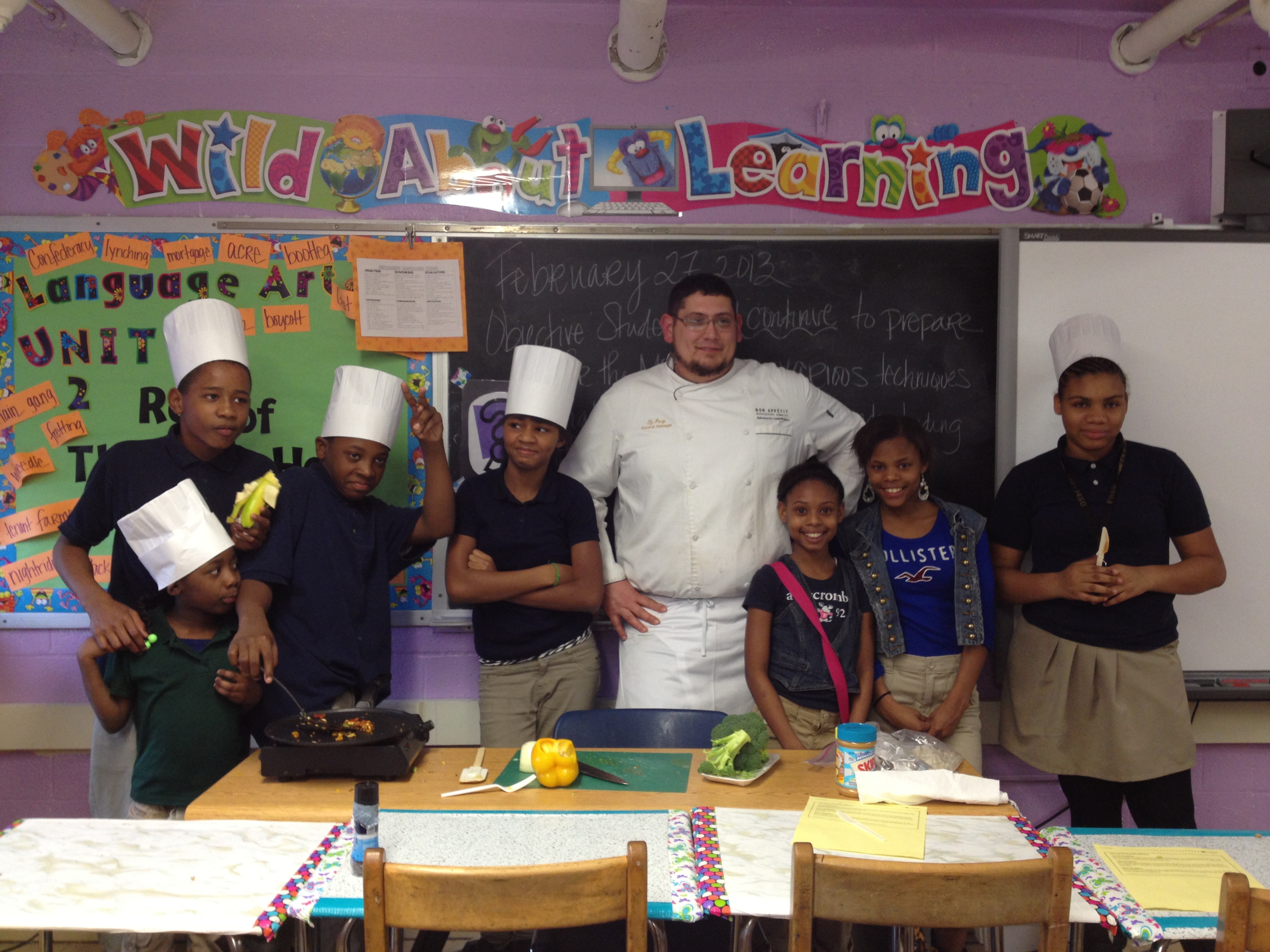I have a friend who raves about the fried peanut butter and jelly you can order at Rocket to Venus in Hampden. I’m sure she’ll get me to try it one day, but I have a hard time believing they have improved on my life-long favorite sandwich.
Because they are cheap, easily assembled and, (in my opinion), delicious, PB & Js are the favorite sandwich of volunteer groups passing out food to homeless people. If you don’t share my personal tastes, peanut butter and jelly could get boring. While everyone deserves variety, sometimes food is food, and when you’re hungry, a solid sandwich can be a big help.
Notice I said “when you’re hungry,” not “when you’re experiencing homelessness.” Most groups that pass out food in public places don’t care if the recipients are homeless, because they know that hunger affects people even after they get housing. That is why volunteers in Raleigh, North Carolina were so surprised last summer when they were told they could not pass out hot breakfast to the line of individuals that has come to expect their presence on weekday mornings. The group, called Love Wins Ministries, arrives weekly with breakfast sandwiches and a vat off coffee, but in August 2013 they were stopped by Raleigh police and threatened with arrest before they could serve.
Raleigh is not the only city letting its hungry residents stay that way. You may remember the less-than- hospitable town of Columbia, South Carolina that was working this winter to outlaw homelessness. As of February 15th, the area has taken further steps to alienate its already marginalized population, by requiring that any group planning to distribute obtain a permit (costing around $120) to serve meals in any public park or open space. This discourages volunteer groups that are not run by a registered nonprofit from providing food. In Rockford, Illinois, both food and shelter have been interrupted at Apostolic Pentecostal Church. Last week, church officials were informed they would be acting outside the law if they continued to use the empty church building as a shelter and warming station for homeless individuals.
Law enforcement in each of these cities and towns cite zoning or permit regulations as the reason for the recent interruptions, but there has to be a way to have a city that can feed its homeless population without it being deemed a fire hazard or an illegal act. Homelessness won’t end with a peanut butter and jelly sandwich, but if we can’t even serve this simple snack, what hope is there for a large scale, system change to end homelessness? These jurisdictions must find a way to prioritize human needs, and work with groups that are trying to help, not against their efforts.
Hélder Câmara, a 1980’s Brazilian Archbishop once explained, “When I give food to the poor, they call me a saint. When I ask why they are poor, they call me a communist.” Today, feeding the poor might earn him handcuffs, not sainthood. As neither a saint nor a communist myself, I still think it is important to ask why so many cities demand people living in poverty navigate legal hurdles in order to obtain a warm bed or a snack – and I wonder how we can improve upon this practice.






